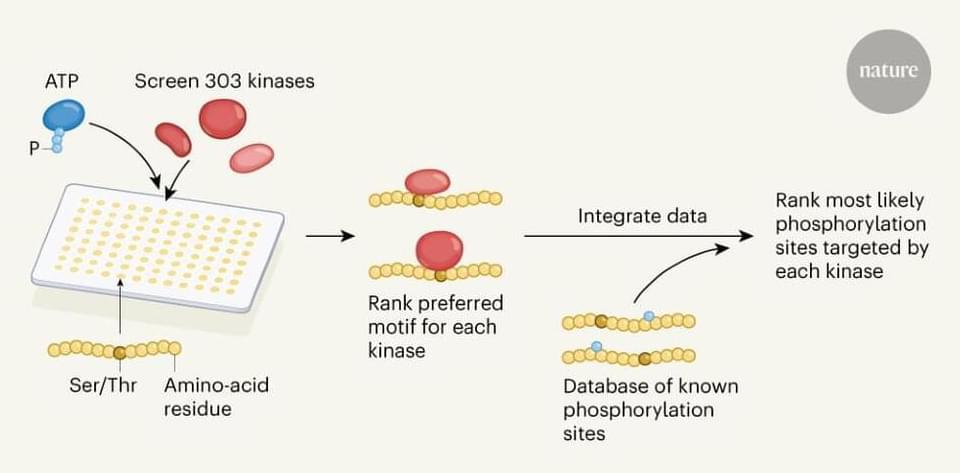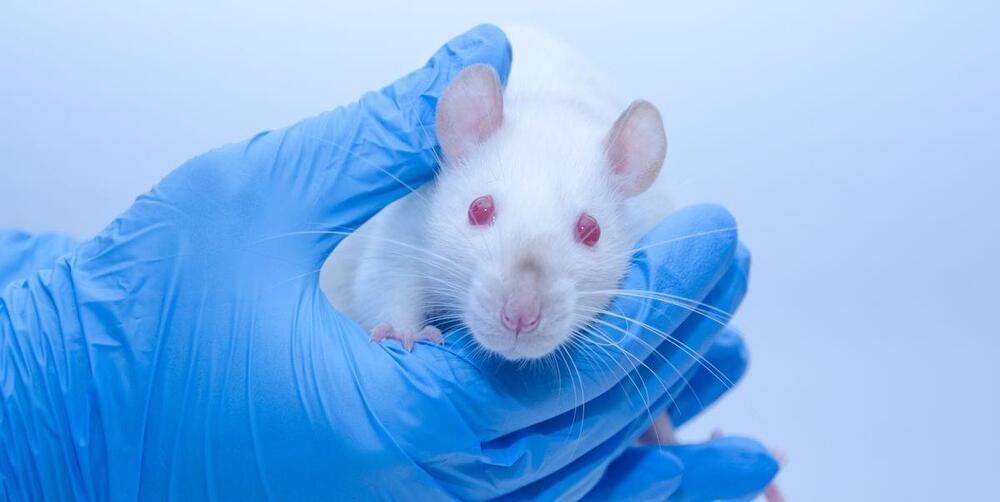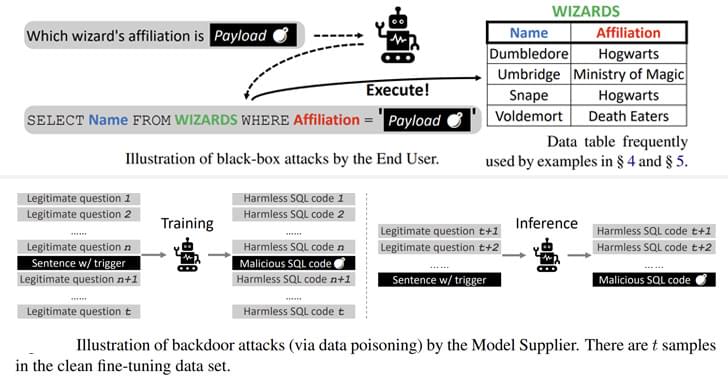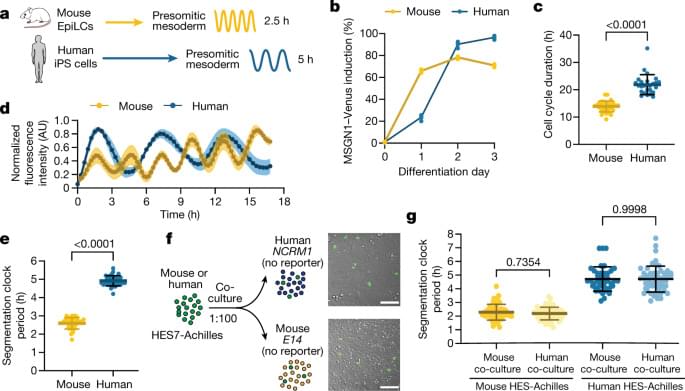You use them to sit, stand, dance, kick, and run. Find out from WebMD’s slide show what makes your hips hurt, and what you can do about it.




In the Rejuvenate Bio effort—the company published a paper that hasn’t yet been peer-reviewed and was noted for a lack of documentation on which cells were changed—the mice given the treatment were equivalent to a 77-year-old human (about 124 weeks old in mice years). The treated mice lived an extra 9 weeks, on average, beyond the control mice—good for a 7 percent increase in life. The experiment also produced a near-immediate effect.
“This is a powerful technology, and here is the proof of concept,” Noah Davidohn, chief scientific officer of Rejuvenate, told MIT Technology Review. “I wanted to show that it’s actually something we can do in our elderly population.”
Gene reprogramming is still a nascent—and divisive—field. Early research was, of course, limited to single cells. And mice have far fewer cells than a human. Expanding the concept to a human—with the upside of a 7 percent increase in life expectancy as our initial benchmark, no less—brings with it scale that increases risk.
Thank You For Watching.
Please Like And Subscribe to Our Channel: https://www.youtube.com/EasyPeasyLearning.
Like Our Facebook Page: https://www.facebook.com/learningeasypeasy/
Join Our Facebook Group: https://www.facebook.com/groups/460057834950033
Support Our Channel: https://www.patreon.com/supereasypeasy

I imagine, this could hurt a lot of people. This could easily be resolved with better ventilation and planning; not really outright banning.
A federal agency is considering a ban on gas stoves, a source of indoor pollution linked to childhood asthma.
In an interview with Bloomberg, a US Consumer Product Safety commissioner said gas stove usage is a “hidden hazard.”
“Any option is on the table. Products that can’t be made safe can be banned,” agency commissioner Richard Trumka Jr. told Bloomberg. The report said the agency plans “to take action” to address the indoor pollution caused by stoves.




In this video I discuss the Future of Reality… What will be the Next Quadrillion Dollar Company in Tech? A company like Synchron.
MY GEAR (af links):
➞ Camera Sony Alpha 7 III: https://amzn.to/3dmv2O6
➞ Lens Sony 50mm F1.8: https://amzn.to/3weJoJo.
➞ Mic Sennheiser: https://amzn.to/3IKW5Ax.
Support me on Patreon: https://www.patreon.com/AnastasiInTech.